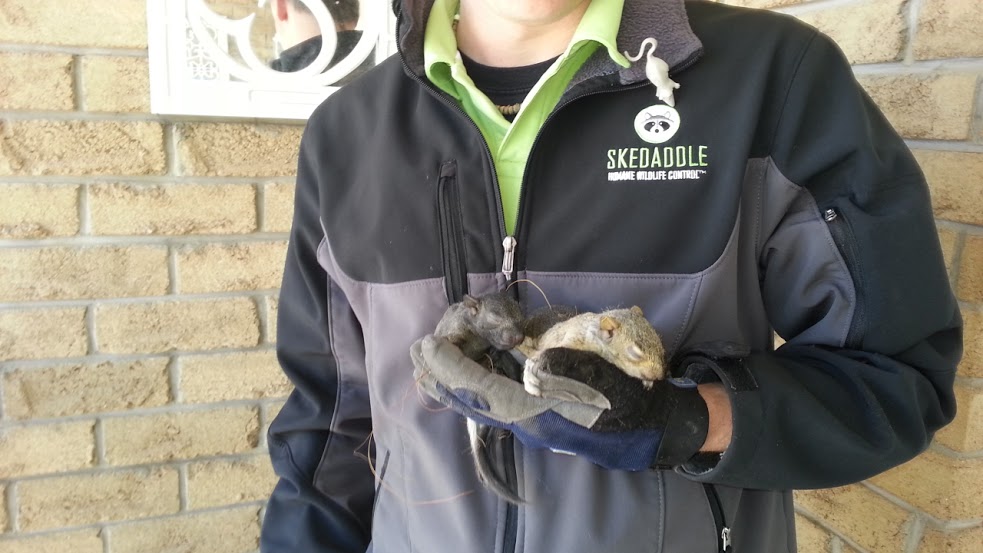There are many different species of squirrels, categorized as either ground squirrels or tree squirrels, but the life cycle of a squirrel is similar regardless of species. Squirrels may be more likely to seek shelter in human homes at specific points in their lives, so understanding the squirrel’s life cycle may provide insight on how to get rid of a squirrel.
How Long Do Squirrels Live?
The lifespan of a squirrel depends on whether it lives in captivity or in the wild. In captivity, a squirrel is protected from many of the things that could kill it and may live into its late teens or early 20s. In the wild, squirrels face many threats, such as predators or disease, and don’t live as long as they do in captivity. Approximately one-quarter of all squirrels born do not survive past their first birthday, but those that remain may survive to 12 years old. On average, squirrels in the wild may live to be 6 or 7 years old.
When Do Squirrels Give Birth to Offspring?
Squirrels mate twice a year, once in the winter and once in the summer. With a gestation period of about two months, squirrels typically give birth in the spring and then again in the fall.
When squirrel babies are born, they have no fur and cannot see or hear. They are helpless and completely dependent on their mother. Because the mother squirrel has to find food for herself and her babies, she looks for a place to make a nest where the babies will be warm and safe from predators. Warmth is especially important for babies born in the fall as they will stay with their mothers through the winter. Human habitations often fit the bill.
Tree squirrels usually end up in the attic because it is most accessible to them. An unfinished attic usually isn’t heated, but between heat rising from the lower levels and the roof absorbing heat from the sun, attics tend to be warm and cozy for the baby squirrels. Squirrel babies aren’t ready to start leaving the nest until they are between 1-1/2 to 2 months old, but they will stay with their mothers for a few more weeks to learn the skills they will need to survive as adults.
How Do Squirrels Die?
Squirrels are small animals that can serve as prey for larger animals. Examples of squirrel predators include the following:
- Bobcats
- Coyotes
- Eagles
- Foxes
- Hawks
- Owls
- Raccoons
- Snakes
- Weasels
Birds of prey present the biggest risks to squirrels. Eagles, hawks, and owls hunt for food while flying. They may spot squirrels that are foraging for food out in the open, swoop down on the unsuspecting rodents and grasp them in their talons to take them back to their nests.
Squirrels that successfully avoid predators may face other risks. As they get older, they can lose their teeth, making it more difficult to eat. Parasites can harm squirrels directly or indirectly by infecting them with diseases. For example, deer ticks may infect squirrels with Lyme disease by biting them.
One disease that squirrels are unlikely to contract is rabies. Like all other mammals, squirrels are susceptible to rabies infection if exposed to the virus. However, the most common way for this to happen is a bite from an infected animal. Squirrels are most likely to receive bites from predators, in which case, they rarely survive long enough to become infected.
Why Should You Call Skedaddle for Squirrel Removal in Okanagan?
Squirrels can cause extensive damage to structural elements, electrical wiring, and insulation. Squirrel droppings can expose you to dangerous pathogens. Our technicians search for squirrel babies by hand and place them in a heated box outside to wait for their mother to find them. We clean and decontaminate where the squirrels have been and seal off entry points to keep them out of your home. Learn about our squirrel removal process in Okanagan in more detail.



